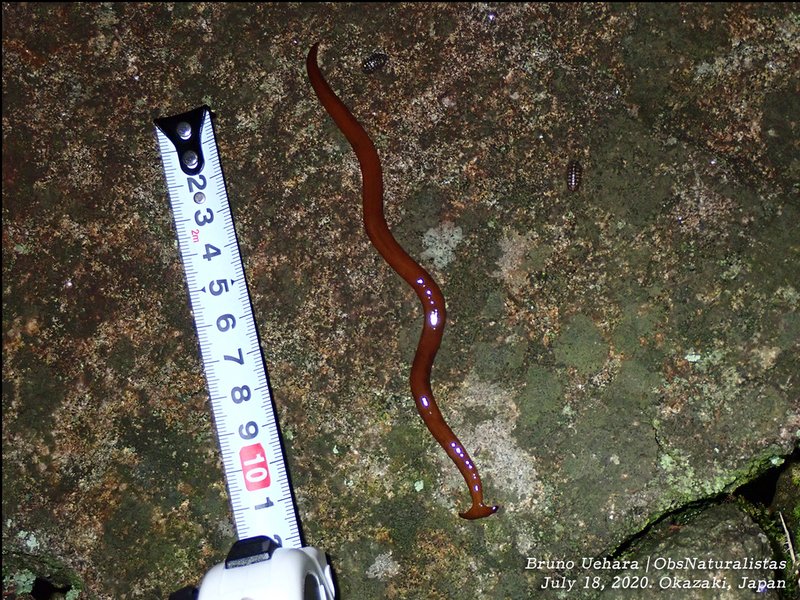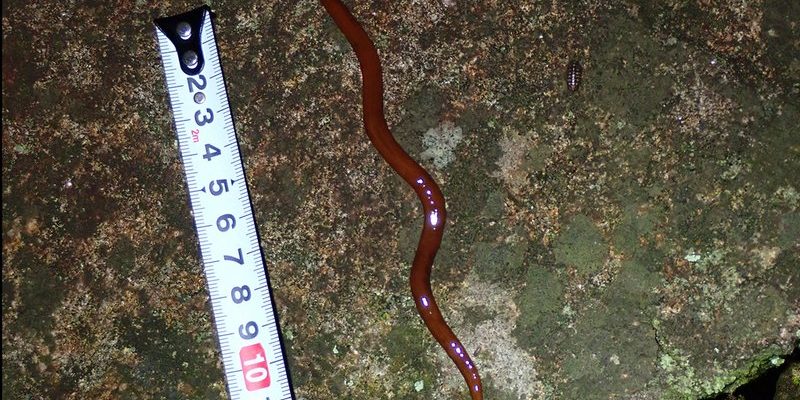
Hammerhead worms, known scientifically as *Bipalium kewense*, are native to Southeast Asia but have made their way to various parts of the world, including North America. They thrive in warm, moist environments, making greenhouses an ideal home. But don’t let their funky appearance fool you; these worms can actually impact your plants. Here’s the thing: understanding the **risk assessment** surrounding hammerhead worms can help you decide how to manage them effectively in your greenhouse.
What Are Hammerhead Worms?
Let’s start with the basics. Hammerhead worms are **flattened** and long, often measuring between 6 to 10 inches. Their most striking feature is, of course, their unique head shape, which resembles a hammer or a spade. This unusual shape isn’t just for show; it plays a role in their hunting technique. Hammerhead worms are carnivorous and primarily feed on earthworms, slugs, and other soft-bodied invertebrates.
You might be wondering, “Why should I care about these worms?” Well, in a greenhouse setting, these critters can disrupt the delicate ecosystem. By preying on beneficial earthworms, they may cause an imbalance that affects plant health.
How Do Hammerhead Worms Get Into Greenhouses?
Understanding how these worms invade your greenhouse is key to prevention. They often hitch a ride on **imported plants** or soil. If you’ve brought in new plants from a nursery, there’s a chance they could be carrying hammerhead worms along for the ride.
Once these worms find their way into your greenhouse, they can multiply quickly. Hammerhead worms reproduce through fragmentation—meaning if you cut one in half, you may end up with two! This makes it essential to inspect new plants and soil before introducing them into your greenhouse.
Identifying Hammerhead Worms
Spotting a hammerhead worm isn’t too tricky if you know what to look for. They typically have a **dark brown or black body** with a lighter underside. The hammer shape is most obvious when viewed from the side.
If you’re unsure, take a closer look at the way they move. Unlike regular earthworms, hammerhead worms glide over surfaces, often leaving a **slimy trail** behind. If you’re seeing these unusual movements in your greenhouse, it might be time to investigate further.
Potential Risks to Your Plants
Now that we know what hammerhead worms are and how to identify them, let’s talk about why they can pose a risk to your plant life.
These voracious predators primarily feast on earthworms, which are crucial for soil health. They aerate the soil and help with nutrient cycling, so losing them could lead to poorer soil conditions. Consequently, your plants might suffer from reduced growth rates, lower yields, and weaker health overall.
Additionally, if hammerhead worms go unchecked, they can lead to an increase in slugs and other garden pests. This creates a ripple effect, making it even more challenging to maintain a healthy greenhouse environment.
How to Manage Hammerhead Worms in Greenhouses
If you find hammerhead worms in your greenhouse, don’t panic! There are several strategies you can use to manage them effectively.
1. **Manual Removal**: Using gloves, you can carefully remove the worms and place them in a sealed bag for disposal. Never throw them in compost, as they could still survive and re-enter your greenhouse.
2. **Natural Predators**: Introducing natural predators like certain birds or frogs can help keep their population in check. Just ensure that you don’t disrupt the overall ecosystem of your greenhouse.
3. **Soil Management**: Regularly monitor soil health and mix in compost to promote beneficial species. This helps counteract any damage caused by hammerhead worms.
Preventing Future Infestations
Let’s talk prevention. The best way to deal with hammerhead worms is to avoid letting them in in the first place.
– **Inspect Plants**: Always check new plants for signs of hammerhead worms or eggs. If you see any suspicious activity, it’s better to leave that plant behind.
– **Use Sterile Soil**: When adding soil to your greenhouse, choose products that are labeled as sterile. This reduces the risk of unwanted guests.
– **Maintain Cleanliness**: Keep your greenhouse clean and tidy. A cluttered environment can provide hiding spots for pests and encourage their growth.
Hammerhead worms might look strange, but they can have real consequences for your greenhouse. By understanding their biology, potential risks, and effective management strategies, you can safeguard your plants and maintain a thriving garden space. So, the next time you’re enjoying the fruits of your labor in your greenhouse, you can do so with peace of mind, knowing you’ve got the scoop on hammerhead worms and how to manage them. Keep your eye out, and happy gardening!

